My experience in the breeding of the domestic Canary and the Canariculture.
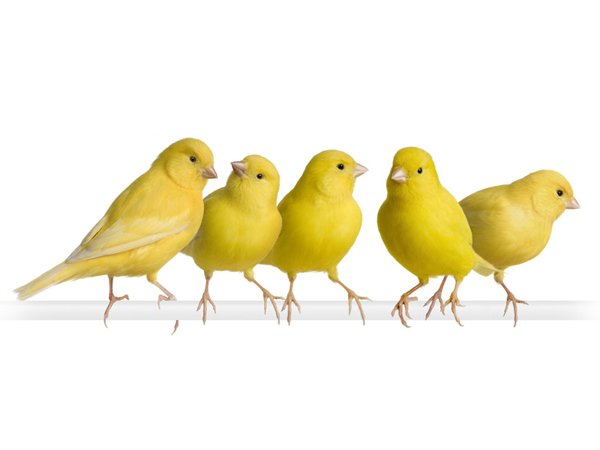
Hello friends of Steemit! today I wanted to do a different post on a topic that since I was a child I have been passionate and I still practice it. It is the breeding of Canario de Canto Timbrado Spanish and Canario Malinois. For many years now there have been many people who have practiced bird breeding, to such an extent that different associations and sports federations have been created worldwide for the selective breeding of these birds. Canaries and parakeets are the two classes of birds that have the greatest number of dedicated birds dedicated to the breeding of these peculiar birds. Many started like me, with two birds at home as pets and little by little they were adding one and another because of their great variety of colors, songs, feathers, posture, etc.
More than a manual of breeding and care, today I wanted to talk about the generalities of the Canary (Serinus canaria) and my experience with canariculture, this in addition to being an educational post will be a very fresh publication about my history with the breeding of birds.
In my country Venezuela this hobby began with the arrival of European and Arab immigrants, around the middle of the 20th century, who introduced the first pure specimens of different breeds of canary to the country. Soon they began their easy reproduction and grouped themselves in different societies of breeders to start once a year the singing competitions and sample of color and posture according to the race.
Canariculture is the branch of serinology that deals with the practical rules of breeding these birds in captivity. On the other hand serinology is understood as the science studied by the Canarian or rather the different species of birds of the Serinus genus, which includes, apart from the so-called Canaries, some known species with different vulgar denominations, but all of them possessing a common genetic affinity.
Something that was often said to me was that the birds were more beautiful in the wild in the fields and it is something very true, but these birds have evolved over time, to live in cages accompanying humans, it is different to take a bird from the field and lock her in a cage to have a canary that was born in a cage and only knows life at home. If a domestic canary was released in a few days, he would die, then, it is genetically adapted so that he lives and reproduces happily in captivity where his caregivers offer him the best food and the care he needs.

Spanish Timbrado Canary (song race).
I remember that since I was a child I visited the house of a friend (adult) of my family, who was a Spanish immigrant who loved these birds, had an area of
his house dedicated to the breeding of singing canaries and many other birds such as parakeets, diamonds, larks, etc. I remember that because I lived near his house, I went almost every afternoon to visit him and he taught me a lot about this topic. But, these birds to be introduced to the country and a selected genetics to participate in the competitions, were very expensive and I like every boy of 8-10 years could not buy or maintain them. I remember asking my parents for a canary or a parakeet as a gift on my birthday or Christmas, also on the child's day (day celebrated on July 15 in my country), but as every pet needed a care and a maintenance, my parents thought that I could not do it or would not be responsible enough for my young age, they thought that a few days later I would forget the subject. But, one day my mother decided to give me a pair of parakeets, which according to the most experienced breeders is easier to raise and care, in all aspects and was ideal to introduce a child in this hobby.
The domestic canary was raised for the first time in the seventeenth century. Specimens captured in their original habitat were taken to Europe by Spanish sailors. Their breeding became very popular in the courts of European kings and their prices were prohibitive. The monks were the ones who started raising him, and to make the price stay high, they only sold copies of the males, which are the ones that sing. Finally, some Italian breeders obtained females and able to reproduce them by themselves, so they became very popular throughout continental Europe. In England in a first were own property of moneyed but with the time was a hungry are also already popular, emerging many breeds through the selective breeding. (Source)
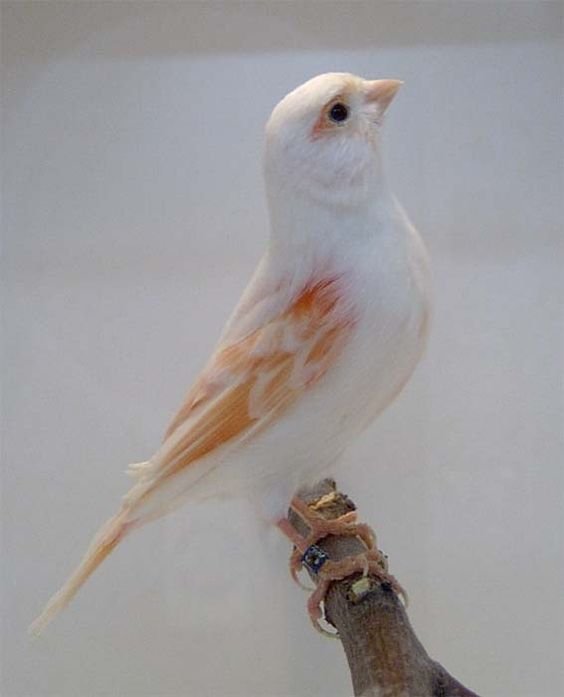
After starting the breeding successfully with a pair of parakeets, some time later I acquired my first specimens of singing canaries of the Spanish Timbrado breed. I remember it was during the school holiday season (between July and September) and already in December the breeding had started successfully. So I stayed for several years, experimenting with other breeds like malinois and canaries of color.
From January to May is the breeding season, I remember that I spent hours observing my birds to select the couples in heat that would bring out the offspring of the year.Then came a season of rest of the birds in the fly approximately from May to September, this served to recover the reproducers, make healthy grow the young of that year and pass the process of molting plumage, which is a critical process as theanimals are very weak. Already in October I began the season that most excited me, the beginning of the song of the males, this was the moment to separate the males that began their song of the females. These are placed in small cages that are carried to the dark and placed on classical music and songs of master canaries. In a few days you will see or better said you will hear the potential of your canaries, it is time to select those who go to the contest and those who go to the pet shop.
When I start with the canaries of color, although it is the same species, the technique changes completely, because you do not focus on the perfect notes of the song, otherwise, in its beautiful colors that can be yellow, white and even red, which produces from the mixture of the yellow canary with the Cardenalito de Venezuela.
There are other types of canaries, such as posture, crest or bun and even curly feathers as if they had disheveled. In my case I never get to breed of this type, because its breeding is somewhat complex and you can not get copies in my passion so easy, and well you can imagine the price.
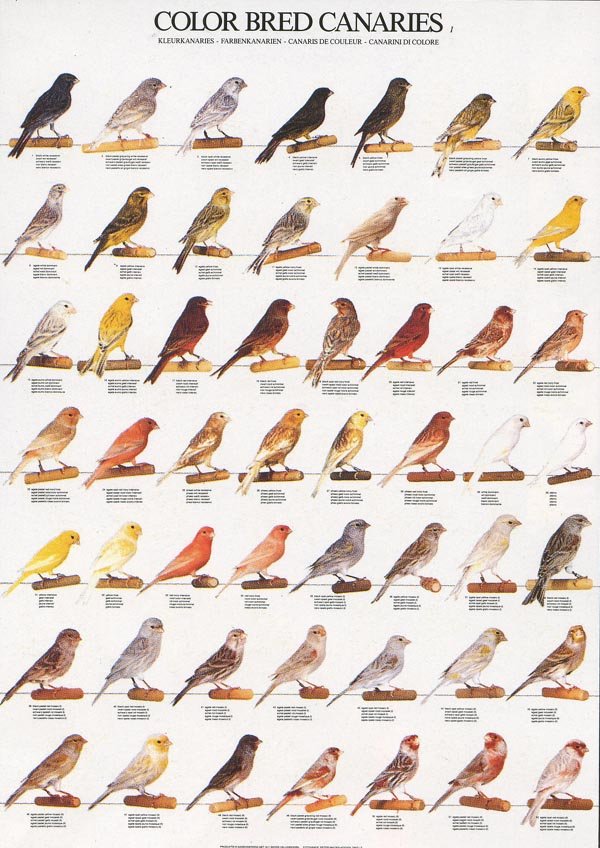
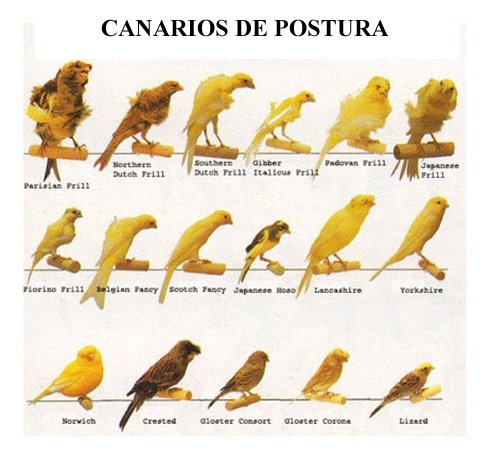
I remember that little by little I was meeting several young people who raised these birds and many studied in the same school as me, in the free time of school while others talked about parties we talked about these birds or music that was another hobby in my time free when I was young.
Singing Canaries:
The different breeds that comprise the Canarian singing group are usually differentiated by the type of warblers and trills that each of them emits, leaving their physical characteristics, as well as the plumage tones, relegated, by the breeders, who only intend to obtain copies with the quality of good singers.
The most characteristic races of this group are:
The Spanish canned ring dog.
The canary roller.
The canary malinois.
The american canary.
Canaries of Color:
Those canaricultores that are dedicated to breed birds of the Canarian group of color, opt for specimens of certain color. In this sense, the canary is a very noble bird, providing a chromatic diversity unusual in the animal kingdom.
Within this group, we find two subgroups:
Canary Lipochromic.
Canarian canaries.
Posture Canaries: The third group of races, canaries of posture, is composed of varieties that have a certain external morphology. Obviously, for a canary to be admitted as an example of a certain breed of the present group, it must present certain features that act as determinants for its acceptance. On the other hand, the position is also taken into account (as with other species of domestic animals of breed, such as, for example, the dog, Canis lupus familiaris) that the animal adopts when perching on the perch of its cage, as it is exhibited in a contest. (Source)
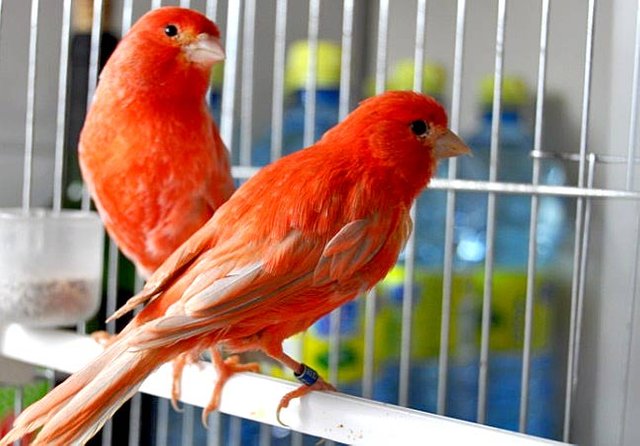
I remember that in 2002 my country went through a strong political crisis which increased the prices of food for my birds and I had to sell most of my copies, because like every schoolboy only had a small amount of money that generated the sale of some of my canaries, but a few years later I had already doubled that amount. Something similar happened in 2015, I had to sell all my copies due to the crisis that Venezuela was going through again. But now I am returning to the breeding of canaries and is in my projects to technify the breeding for the sale of these birds to pet stores and the selective production of specimens to participate in the competitions held by the Federation of Canaricultores of Caracas in the month November of each year.
Singing of a canary stamped Spanish champion.(Source)
Canaries of color. (Source)
Currently it is much easier to breed, because you can control external factors such as relative humidity of the breeding place, temperature, among other things. What is complex as in all activities is to get good specimens, the cost of a bird currently in my country in a pet store is equivalent to 1 sbd and an exemplary champion of a contest, which is therefore good genetics, can reach to cost approximately the equivalent of about 10sbd.
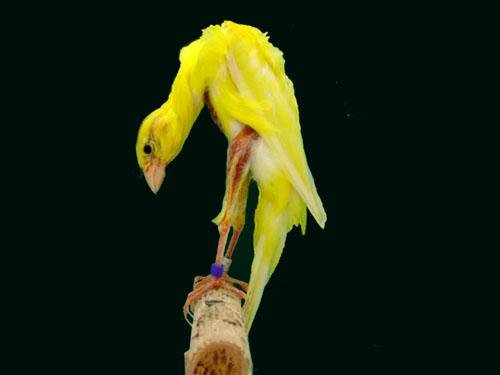
Canary of posture
Something very important and this is the culmination of this publication is that this hobby is practiced by many people globally for the passion and love they have for these birds and the satisfaction they give when they win a contest, rather than a business, so that This type of activity can be profitable. You should love what you do and enjoy until the moment you touch the cleaning and maintenance of the facilities. In another publication I will be talking about the care and the characteristics of each breed as well as my experience with each of them, I hope you have enjoyed these lines and if you find it interesting, start with the breeding of these pets.
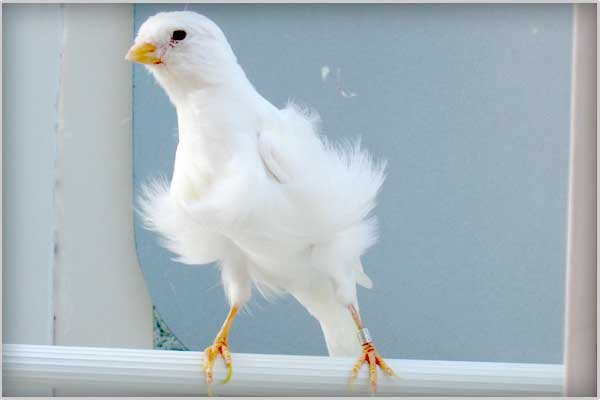
Curly Canary

Congratulations! This post has been upvoted from the communal account, @minnowsupport, by dlozada_3 from the Minnow Support Project. It's a witness project run by aggroed, ausbitbank, teamsteem, theprophet0, someguy123, neoxian, followbtcnews, and netuoso. The goal is to help Steemit grow by supporting Minnows. Please find us at the Peace, Abundance, and Liberty Network (PALnet) Discord Channel. It's a completely public and open space to all members of the Steemit community who voluntarily choose to be there.
If you would like to delegate to the Minnow Support Project you can do so by clicking on the following links: 50SP, 100SP, 250SP, 500SP, 1000SP, 5000SP.
Be sure to leave at least 50SP undelegated on your account.